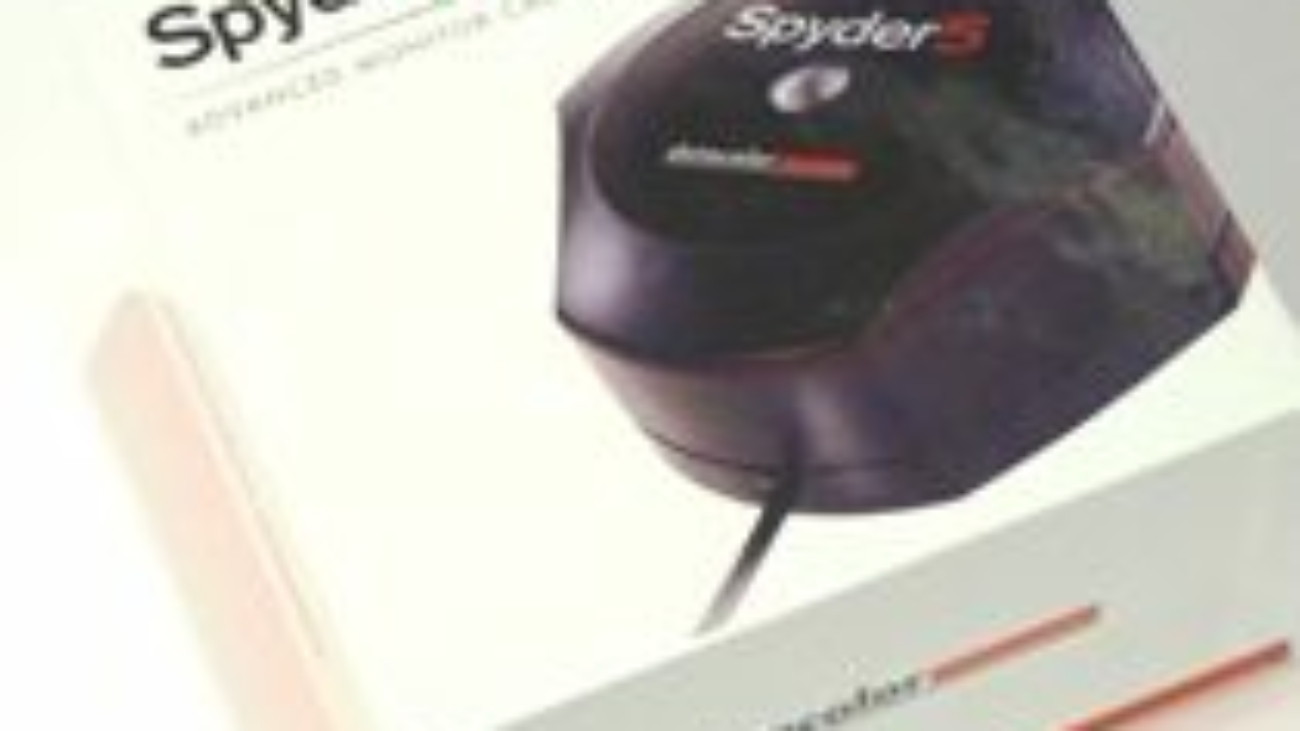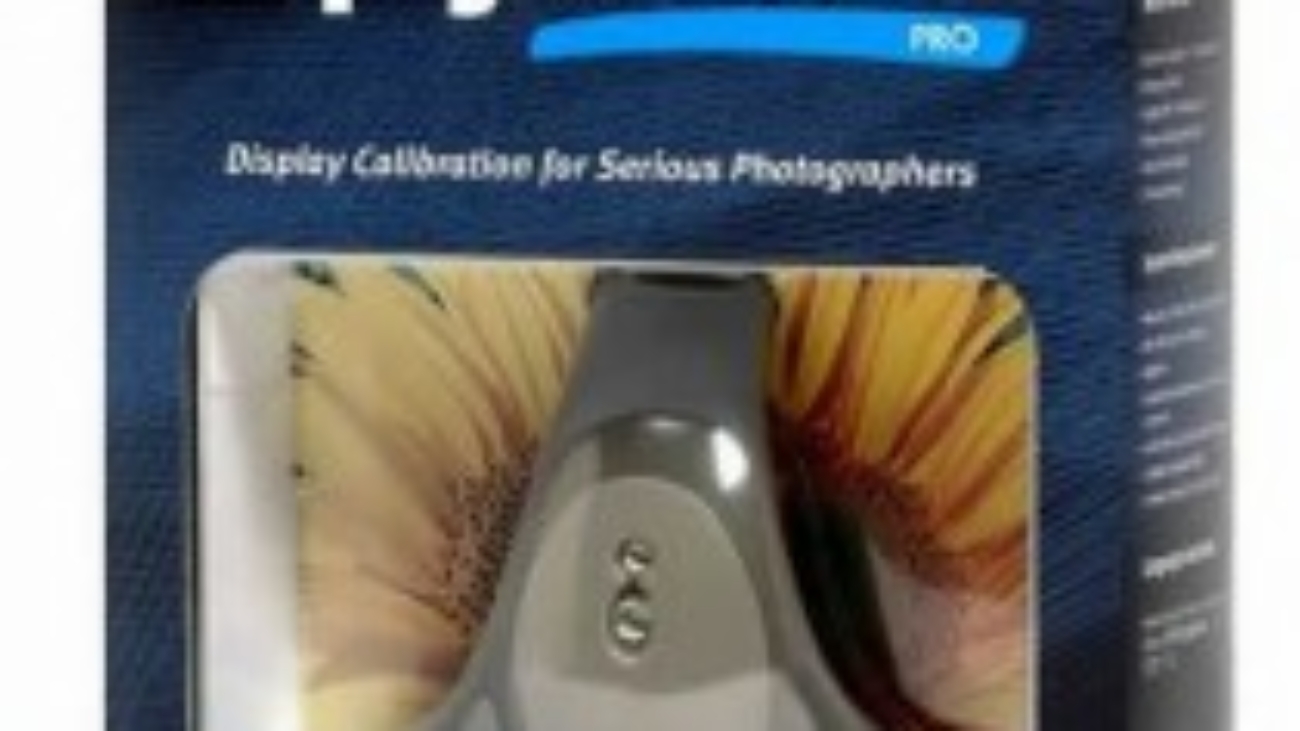The need for screen calibration
A screen calibrator is an essential piece of kit for any regular screen user, when Minuteman Press Bristol commenced screen calibration the improvement was incredible; red, green, blue (RGB) on screen colours became closer to cyan, magenta, yellow, black (CMYK) print output, instances of physical headaches declined and eye strain reduced. Screen calibration is the digital tool that users remain blissfully unaware of; the performance of the screen judged by its factory defaults, users adjusting settings without scientific regard for the effect of ambient light.
Historical calibration
At Minuteman Press Bristol we have used our trusty Datacolor Spyder3Pro to calibrate screens in conjunction with Xerox and Konica Minolta printer calibrators for quite a few years but there came a time when technology had genuinely progressed by a credible degree that embracing the very latest technology was worthwhile.
Datacolor Spyder5 Pro
After extensive due diligence research of reports available and based on our historical positive experiences with Datacolor we determined to remain loyal and purchase the Datacolor Spyder5 Pro Colorimeter. We paid a reasonable £125 including VAT, which is in the region of the price we paid for the Spyder3 Pro many moons ago.
One calibration device can be used on multiple screens; it is not required to purchase an appliance per screen. The unit price relative to multiple screens will necessarily be a pleasant surprise to the prospective purchaser.
Packaging
The Spyder3 Pro was faithfully housed in its packaging after each application, which, to be fair, was a faff, much dexterity was required to fit the unit and its cable back into the original “Krypton Factor” (for those of you of an age) challenge blister pack.
The good news, Spyder5Pro is supplied in a user considered box; simple to store, easy to stow, and of solid design, providing adequate protection for the investment.
Spyder5 Pro set-up
Set-up is very straightforward; registrations, latest software download, install and hardware recognition. It sounds obvious to state but, do as the step-by-step process instructs you, take your time and you won’t go wrong. After all, we managed it.
Calibration
The Spyder5 Pro dispenses with the characteristic Spyder3 Pro screen suction cups (which routinely became unstuck halfway through calibration); instead evident consideration has been given to the process of calibration; the unit overhangs the top of the screen, the lens cap performing the role of a counterweight and the user can safely walk away and make a coffee (we recommend a cafetiere, but that would be a whole different review), whilst the Spyder5 Pro takes charge.
The process of calibration is rapid; run the screen for 30 minutes until it’s warmed-up, clean the screen, return to auto settings, turn off any direct light and plug the unit into a USB port. The Spyder5 Pro will now work its magic. The Spyder will measure ambient light, run-through calibration RGB and greyscale, extracting readings from the screen directly, calculating and adjusting.
After a circa three minute interval the process is complete and the output from the new settings is displayed in an addictive “before and after” toggle display. Once the results are saved (do not forget to save, otherwise you return to the start without passing go), you’re done. The software will remind you having observed an agreed interval when it’s time to calibrate once again.
On each occasion that your device is restarted the stored settings will write to your graphics card and adjust.
Results
The results are impressive, seriously impressive. We tested the Spyder5 Pro on six PCs (three with single screen, three with dual screen) and one laptop. The calibrated dual screens (which were not all of a uniform product specification) appeared the same, the visual impression on all screens showed consistent and printed output was significantly closer than results with the Spyder3Pro.
Ease of calibration, impressive visual (RGB) and printed output results (CMYK); It’s a thumbs up from minutemanbristol.com. Are we on commission from Datacolor (or anyone else)? “Nope”, we just genuinely believe that the product is essential and every home (well, screen) should share one (that said: “We are open to offers, just saying…”).









